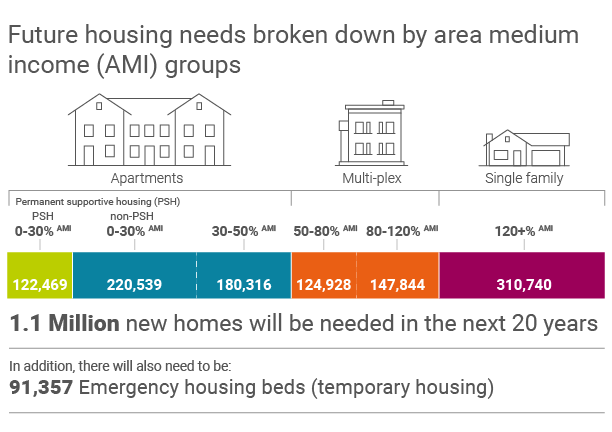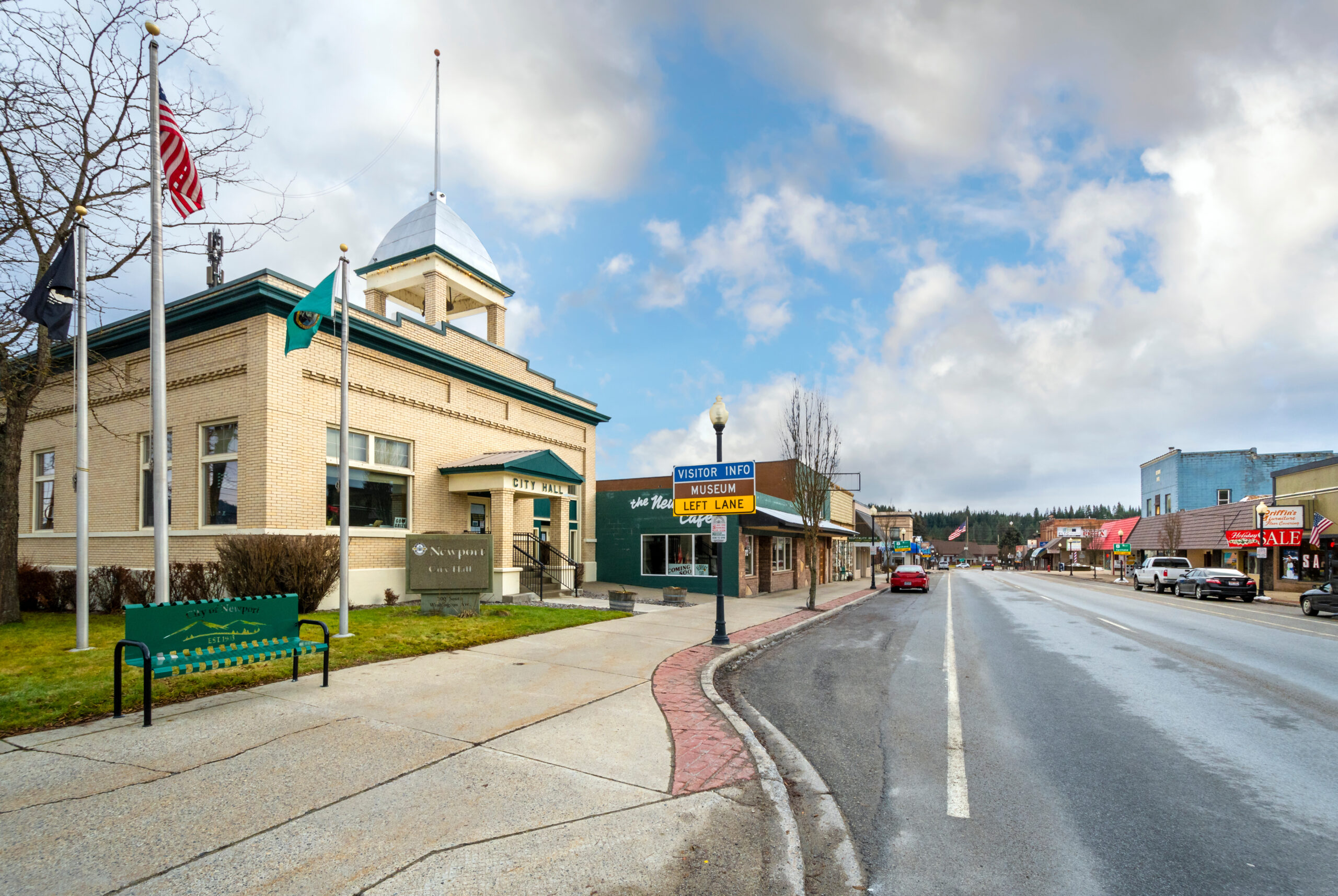Commerce is the one state agency built to understand and support the diverse needs of leaders across all levels of local government. This page outlines funding, training and technical assistance to help your community grow.
Our people and programs are resources on topics including broadband, water and sewer systems, infrastructure planning, sustainable growth and economic development.
Funding Programs and Resources
Commerce offers a variety of funding, such as grants and loans, to assist you in addressing your community’s needs.
The following funding programs can help you address infrastructure issues.
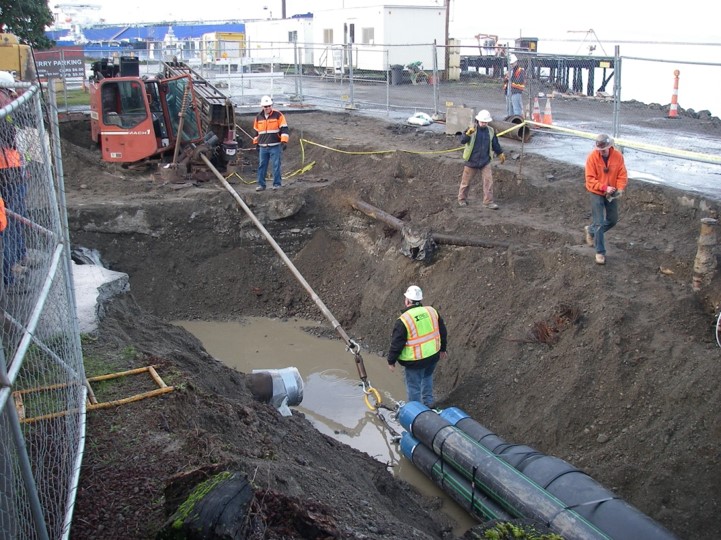
In Washington, three state funders are partnering to bring reliable, high-speed internet access: the State Broadband Office, Community Economic Revitalization Board and Public Works Board.
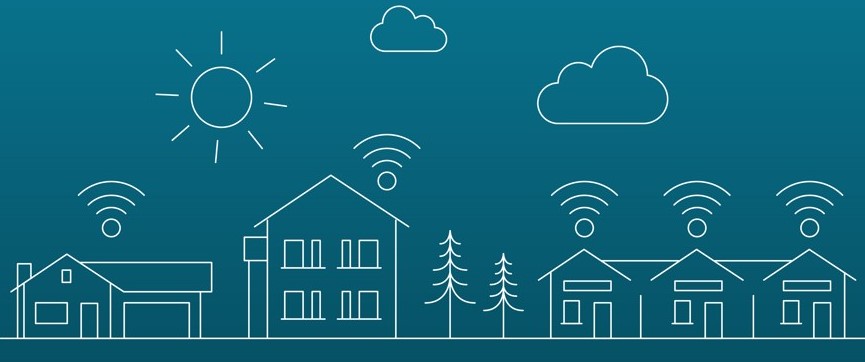
Commerce has funds available to support diverse community needs. Think libraries, arts and cultural facilities, community centers, civilian-military compatibility, emergency response, early learning and behavioral health.
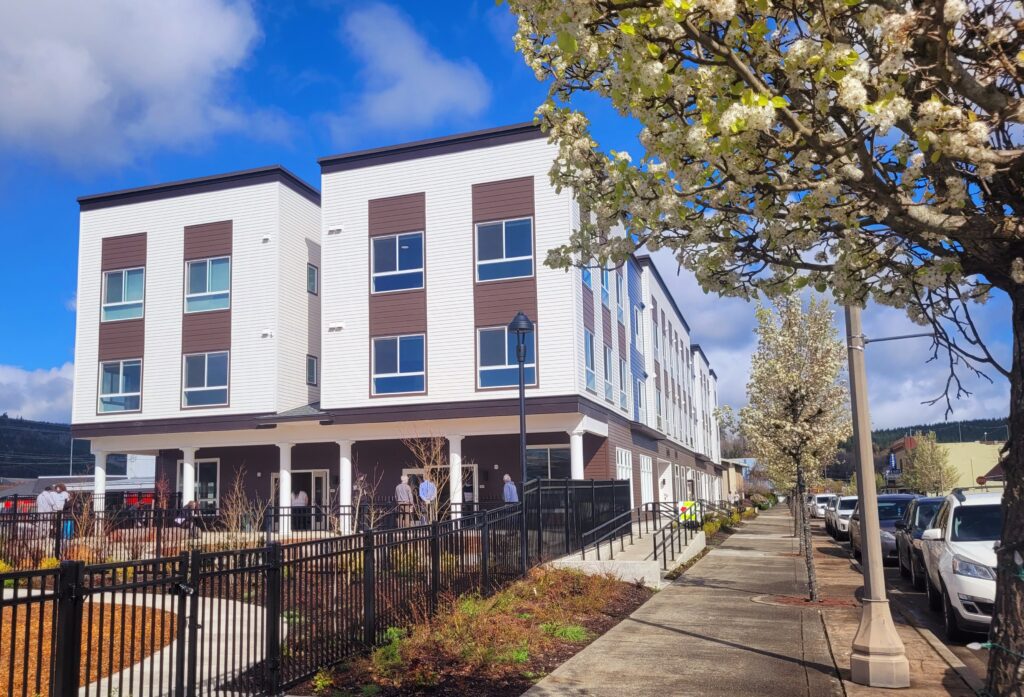
- Behavioral Health Facilities (BHF)
- Bond Cap Allocation Program
- Brownfields Revolving Loan Fund
- Building Communities Fund (BCF)
- Building for the Arts (BFA)
- Community Development Block Grants (CDBG)
- Defense Community Compatibility Account (DCCA)
- Early Learning Facilities Program (ELF)
- Emergency Rapid Response (ERR) (SmartSheet form)
- Library Capital Improvement Program (LCIP)
- Youth Recreational Facilities (YRF)
Commerce can help your community plan for the future and meet the need for specific projects that can make that future reality. This includes pre-construction, feasibility studies, local planning (comprehensive plan updates), and even implementing new state planning requirements.
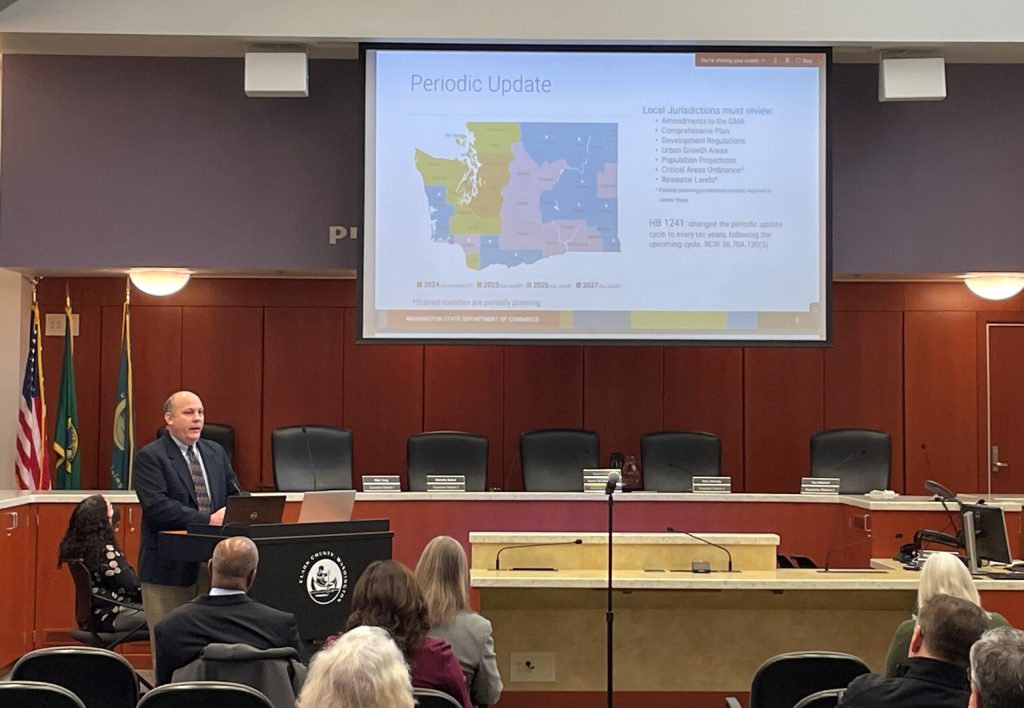
Education, training and technical assistance
Not sure where to start? Consider the training and technical assistance resources we have available to assist you.

The Infrastructure Assistance Coordinating Council convenes state infrastructure funds to provide “tech teams” who walkthrough your project and consider both technical and funding solutions. This in in addition to a host of other resources for each type of infrastructure system.
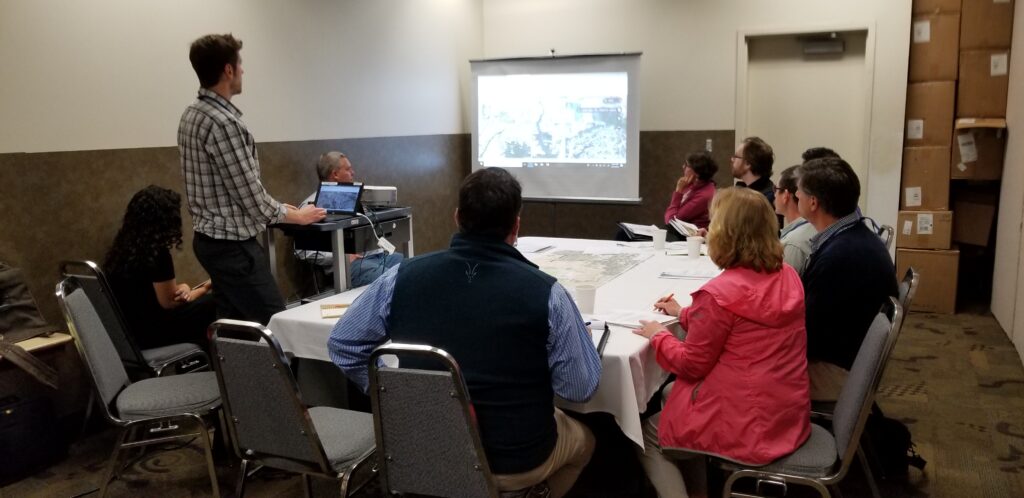
Commerce and our partners finance broadband projects, which are driven and developed by communities and their connectivity needs. Find a Wi-Fi hotspot or your nearest broadband action team today.
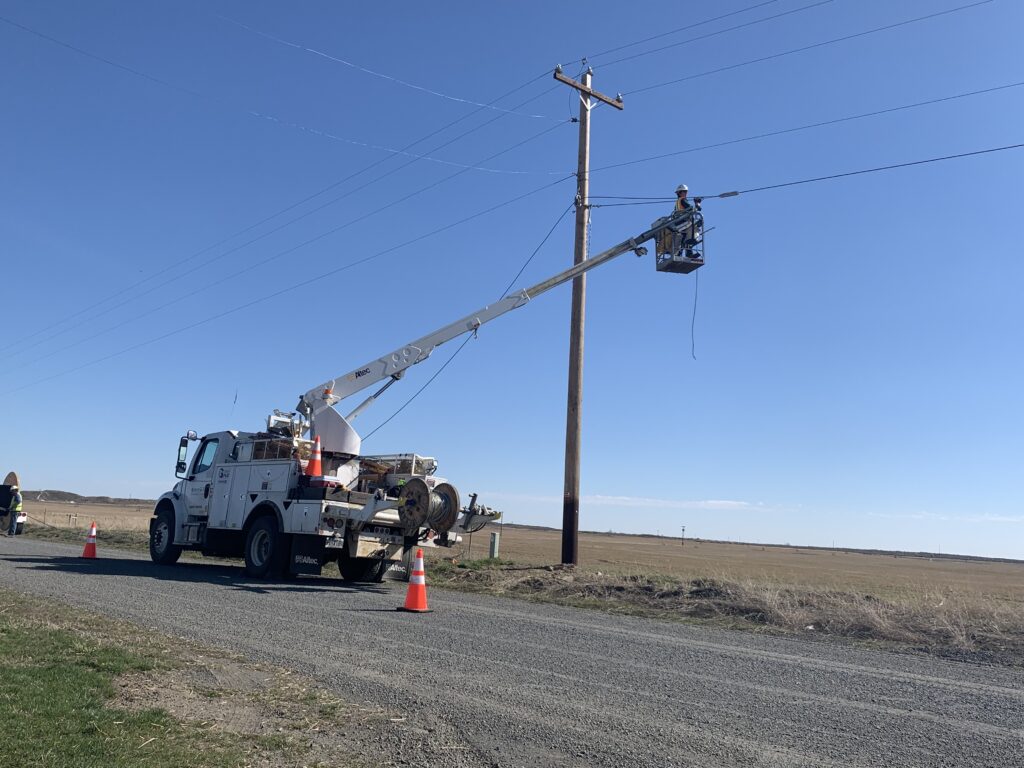
Community facilities are the heartbeat of community services, and these resources can help your community consider and develop them.
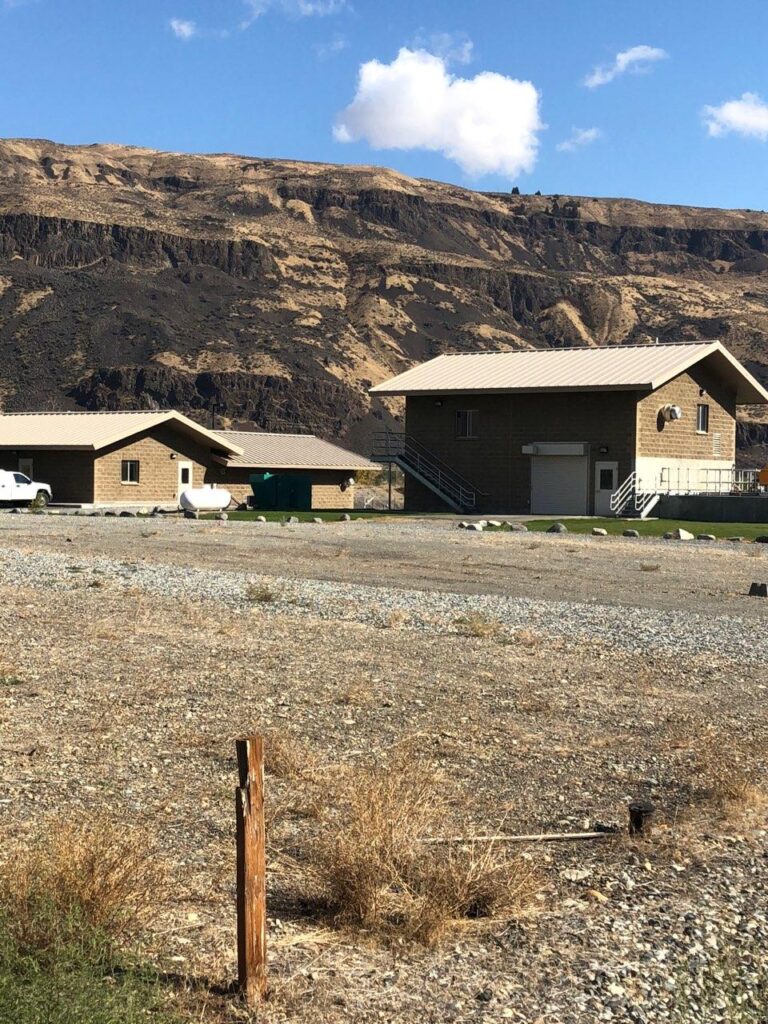
Planning education and assistance resources will help you navigate current guidance to make informed community project decisions.
